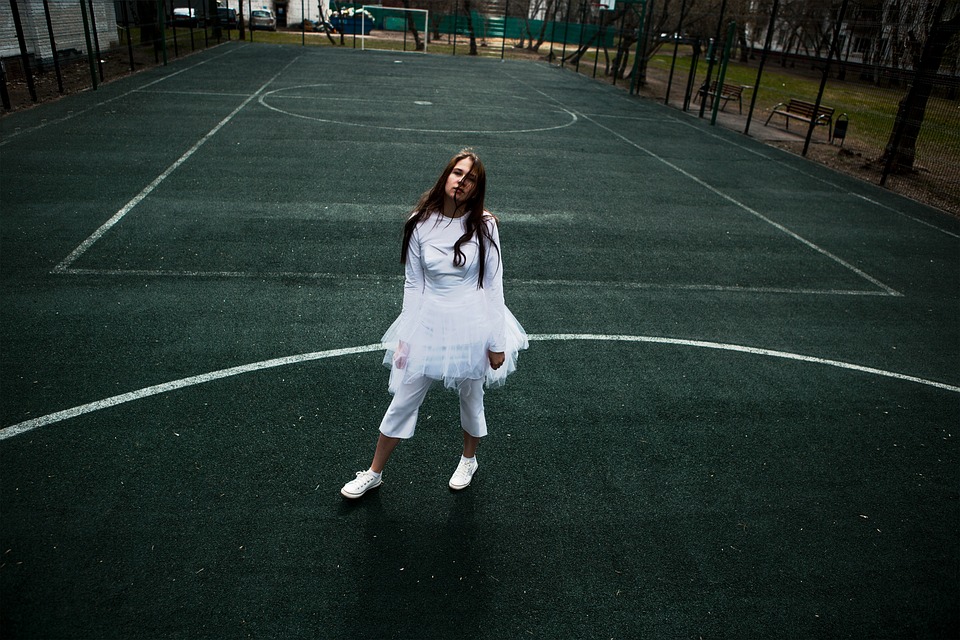As one of the most physically demanding sports in the world, tennis requires a unique combination of strength, endurance, and mental toughness. Playing at a high competitive level requires players to possess an outstanding level of physical fitness, as well as the ability to maintain focus and control over their emotions in high-pressure situations.
From the moment players step on the court, they are quickly met with the challenge of moving around the court with agility and efficiency. Speed and coordination are fundamental in tennis, as players need to navigate the small space of the court, move quickly towards the ball, and return it with accuracy and power. This requires an incredible amount of leg strength and quick reflexes, enabling players to execute shots with maximum precision. The endless running, jumping, and sliding require a significant amount of exertion from a player’s core muscles, legs, and hips.
One of the key physical components of the sport is the ability to maintain a high level of endurance. Each match can last for hours, with intense rallies and long periods of play that require players to continuously move, run, and hit the ball. Players need to have a powerful aerobic capacity to be able to maintain their energy levels throughout the match, staying focused and composed despite the physical toll the match may take on their body. To ensure they have this physical edge, tennis players often spend hours training off the court, engaging in high-intensity cardio workouts that improve their endurance and stamina.
Tennis players require a combination of strength and agility. To accomplish this, they often work on building explosive strength, which involves performing exercises for short periods with intensity. Explosive sport-specific exercises like box jumps, power cleans, and lunges are necessary to engage the fast-twitch muscle fibers that allow tennis players to accelerate and change direction quickly on the court. Plyometrics and agility drills such as ladder drills, cone drills, and footwork drills, aim to improve the coordination and speed of movement required to play at an elite level of the sport.
The physical demands of tennis are not confined to hitting the ball. The constant running and quick movements create a high demand for hydration and fuel in the body, and players need to take care of their nutrition to maintain their energy levels during matches and training. A balanced diet, including a mix of carbohydrates and proteins, is essential to assist tennis players’ post-workout recovery and return their energy levels to optimum conditions.
Additionally, rest and recovery are equally important in tennis. Players need to take breaks from the constant training and match schedules to allow the body to recover. Proper rest allows the muscles to repair and recharge, reducing the risk of injury and improving overall physical performance.
Playing tennis at a professional level also demands high levels of mental toughness and intense concentration. The sport is a constant battle of strategy and discipline, requiring players to make decisions and adapt their play style on the fly. The ability to stay focused and maintain the composure to make split-second decisions is crucial to the game’s outcome.
In conclusion, the physical demands of playing tennis can never be understated. Competing at an elite level requires a combination of strength, agility, endurance, and mental toughness. Players need to train off the court to develop the necessary strength and endurance, as well as ensuring they take care of their nutrition and recovery. A strong mindset also plays a significant role in adapting to changing circumstances and making smart decisions to overcome challenging opponents.
Sweat, grit, and glory indeed- all must be present to achieve success in the intense and competitive world of tennis.

